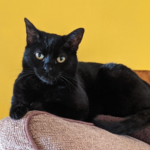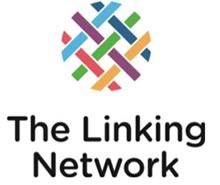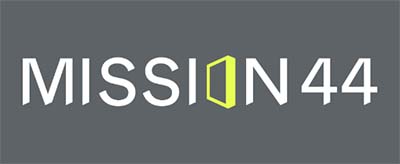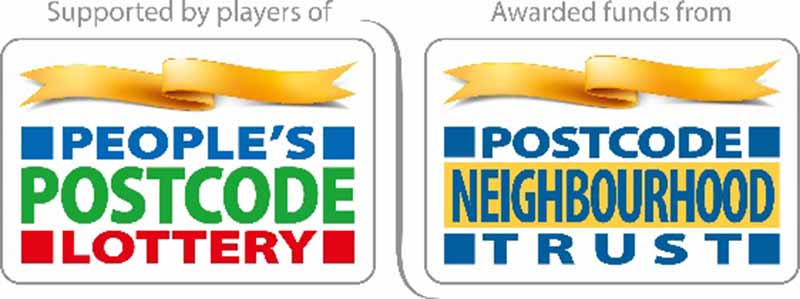Representation in science: We need a new story
Representation in science: We need a new story
A new blog post for Gender Action. Find out more about the Schools Award Programme here.

Ruth Duffy is a science teacher at a secondary school in Newcastle.
As Science teachers, we all know that there is a major gender and racial imbalance in our subject. Many women who contributed to science historically have not been named or acknowledged for their work. In the AQA Science GCSE curriculum students need to remember the names of over 10 scientists – all of them are men and all of them are white.
These stereotypes are so entrenched in our culture that statistics of people taking up further study of science are affected. STEM institutions employees/students typically have fewer than 20% women and fewer than 20% ethnic minorities. There have been several programmes designed to help address this imbalance, including;, the research trial Improving Gender Balance by the IOP (Institute of physics) with results due to be published in 2024. Many factors influence this discrepancy, including institutional biases, lack of resources and educational failings.
Only recently has there been any attempt to rectify this imbalance in popular culture. The release of the movie ‘Hidden Figures (2016)’ where the three African-American women, Katherine Goble Johnson, Dorothy Vaugan and Mary Jackson are showcased. They worked at NASA leading up to the historic launch of Apollo 11, resulting in putting the first person on the moon. They were some of the strongest mathematicians on the team and were integral to making that mission a success.
Also, the reporting of the scandal of Watson and Crick, who claimed to have discovered the double helix structure of DNA. However, they may have stolen data from the unrecognised, but brilliant female scientist, Rosalind Franklin. Unfair stories like these litter the history of science. Even the recently released Oppenheimer (2023), perpetuates the image of the white male scientists saving the world. We need a new story.
‘‘Why do we have to do science?’
The science department in my school has recently been under pressure to give careers advice during lessons. As a department we all agreed in principle that integrating careers advice into the scheme of work would be great, but nothing came of it.
I went back to my class of foundation GCSE students who repeatedly ask the question ‘why do we have to do science?’ and tell me they ‘don’t need science’ for their future career. Now just to clarify, they do like science and they really enjoy the practical work, but they find science hard. They can’t understand how balancing an equation, learning about transpiration in plants, or memorising 20 physics equations is going to be relevant to any job that they want.
I haven’t been equipped to answer these questions and instead talk about how science permeates every area of our lives, the importance of scientific literacy and practical skills to help us navigate the world. These concepts might have been a little existential for this group of students.
In a spare moment, I looked over the career resources that a friend had shared with me, but they were limited to very academic pathways: A-levels, Bachelor’s degree, Masters degree and maybe even a PhD. These were all aspirational scientific careers which the majority of our students were not going to follow and wouldn’t actually answer their question ‘‘why do we have to do science?’
Science is for everyone
What I needed was a resource that showcased that science was for everyone, offering a range of careers and qualifications, regardless of ethnicity or gender. I got a very talented student teacher who was happy to support me with this project. I suggested that what we needed was a career per lesson for every lesson in the GCSE science curriculum, linked to the content of the lesson, with a salary, brief description of the job, some pictures and a brief description of how to get into that field.
There are 257 science lessons in our science curriculum that cover foundation and higher trilogy science and single award, biology, chemistry and physics. For about 10 of the lessons, she had identified a related career and produced a PowerPoint slide with lots of details on each of those careers. It was the start that I needed to get going on this project.
My Head of department would not support the project so, for the next few weeks in a spare 15 minutes here or there and over lunchtimes, I filled each of those gaps in the spreadsheet with a career for each lesson. I came across some interesting jobs during my search, including: Hot Air Balloon Pilot, Science Events Coordinator, Brewer, Snake Milker, and diamond grower.
The main difficulty came with finding pictures. Ten years ago, if you put ‘scientist’ into a google image search it would present you with either wispy white haired man standing in front of a chalkboard with equations on, or a white male scientist with a lab coat and safety goggles holding some piece of scientific equipment with a questioning expression on his face.
Google image search has moved on – a little bit. My aim was to have a variety of men, women and ethnic minorities and disabilities, if I could find any. However, this was a serious challenge. It was also interesting to find that there was a lack of images of women over 40 in STEM – I’m hoping that they still have careers after that age!
So, my resource is finally finished. 257 different science related careers across three PowerPoints and a spreadsheet where they are linked to lesson titles for AQA GCSE Science. I’m hoping that I can do my little bit for the students every day, to challenge some of the stereotypes around careers in science, show that science education is relevant to nearly every aspect of jobs and life, and hopefully plant the seeds of ambition in women and ethnic minority students to pursue a career where there representation is so desperately needed.
About the author:
Ruth Duffy is a science teacher at a secondary school in Newcastle. Her background is in physics and she holds a BSc in Theoretical and Mathematical physics from Newcastle University, completing her MSc in Medical physics and Science Education after qualifying as a teacher in 2007. Ruth has previously been Leader of Teaching and Learning for Post-16 and has a particular interest in making physics accessible and enjoyable for all students. In her spare time Ruth can be found gardening and completing jigsaw puzzles with her friends (and cat!).




